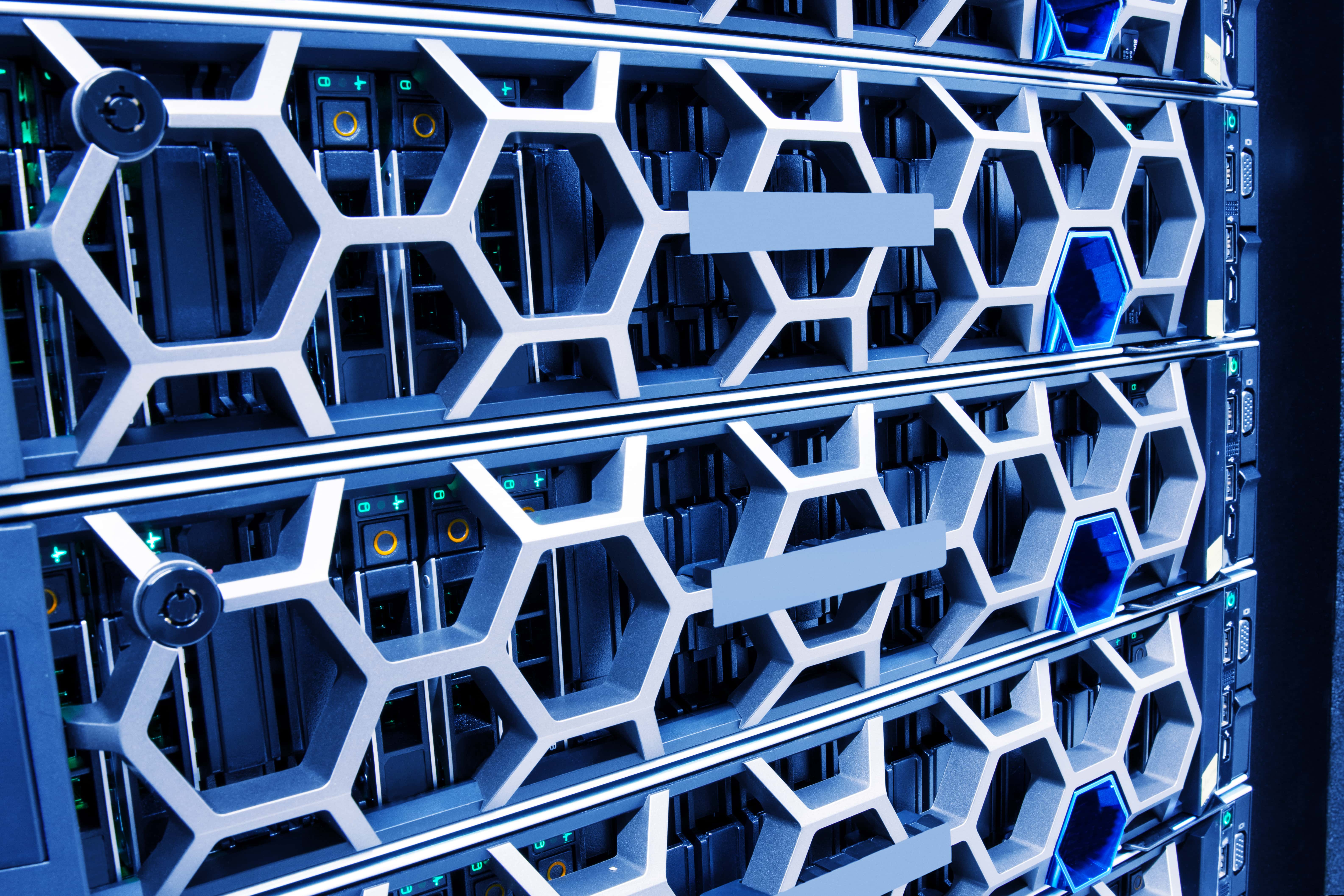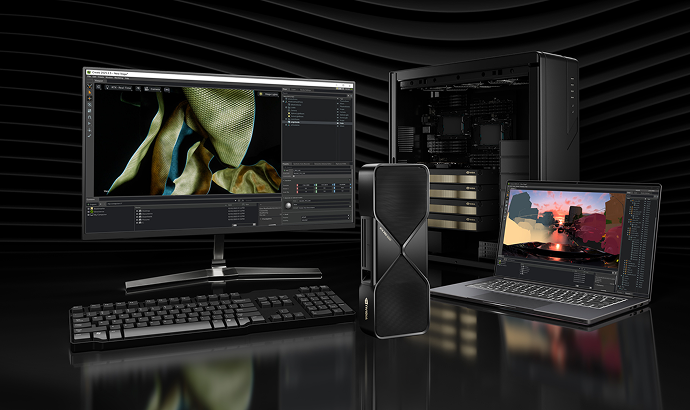

Writing About AI
Uvation
Reen Singh is an engineer and a technologist with a diverse background spanning software, hardware, aerospace, defense, and cybersecurity. As CTO at Uvation, he leverages his extensive experience to lead the company’s technological innovation and development.

High-Performance AI Servers are specialized computers that function as the backbone of the AI revolution, providing the necessary computational horsepower to handle the immense demands of training and deploying complex models on massive datasets. They are indispensable for key AI tasks such as image and speech recognition, natural language processing, and predictive analytics, which are reshaping industries like medical diagnostics and autonomous driving.
AI servers rely on specialized components to accelerate computations, most notably powerful CPUs and GPUs. GPUs, originally designed for graphics rendering, are particularly ideal for AI tasks due to their proficiency in parallel processing. Additionally, these servers require large amounts of high-speed RAM and specialized memory to handle data-intensive applications. Fast storage solutions, such as SSDs and NVMe drives, are crucial for accessing vast training datasets, and advanced networking capabilities are essential for distributed AI training and communication between servers.
The evolution of AI servers has been rapid, driven by the increasing computational demands of AI workloads, especially the rise of deep learning. Early AI systems relied on clusters of general-purpose servers. However, the need for accelerated computing led to the development of specialized AI servers which feature optimized hardware and software stacks specifically designed to deliver exceptional performance for modern AI tasks.
AI servers are typically categorized into three main architectures: CPU-based servers, which rely on traditional CPUs and may struggle with complex deep learning models; GPU-accelerated servers, which utilize GPUs to offer significantly better performance for training and inference; and FPGA-accelerated servers, which employ Field-Programmable Gate Arrays for hardware acceleration of specific AI algorithms. The decision regarding which architecture to implement depends on the specific AI workload, performance requirements, and budgetary constraints.
AI servers are becoming integral to modern data centers, which are undergoing transformations to support AI with investments in high-speed networking, power infrastructure, and advanced cooling systems. They are also extensively utilized through cloud computing platforms, which offer AI-optimized infrastructure on demand. Additionally, AI servers are crucial for edge computing, enabling local data processing for real-time applications such as industrial automation and autonomous vehicles. Their applications span numerous industries, including image and video analysis, natural language processing, recommendation systems, financial services (fraud detection), and healthcare (drug discovery and medical image analysis).
Several technology companies have emerged as key players in the AI server market. Nvidia is recognized as a dominant force, particularly due to its high-performance GPUs which are widely used for training and inference. Other leaders include Dell, which offers a comprehensive range of AI servers tailored to different workloads, and Supermicro, specializing in customizable, high-performance computing solutions. Organizations can find and acquire a wide selection of AI servers from these and other leading manufacturers through dedicated platforms such as the Uvation Marketplace, enabling them to make informed decisions about their AI infrastructure based on their specific needs and budget.
We are writing frequenly. Don’t miss that.
